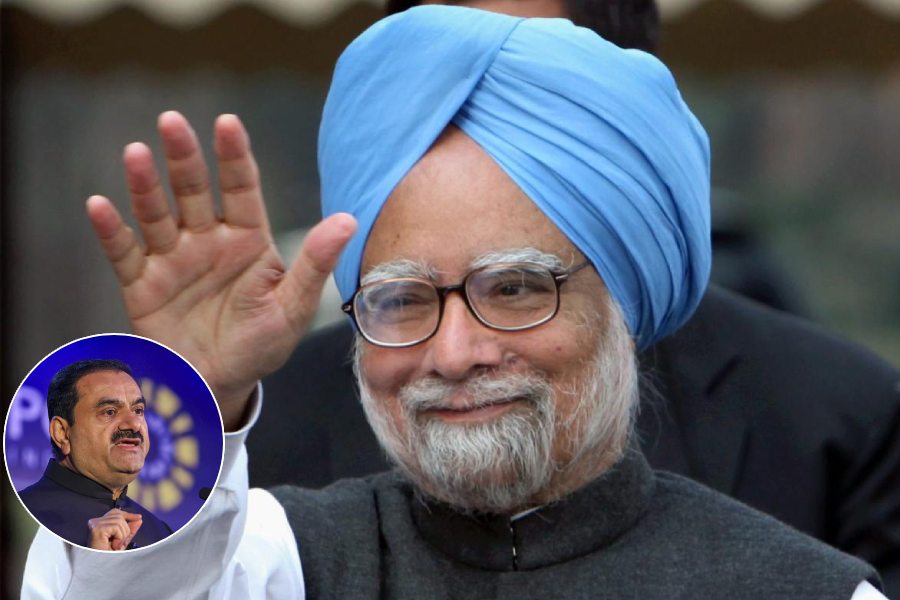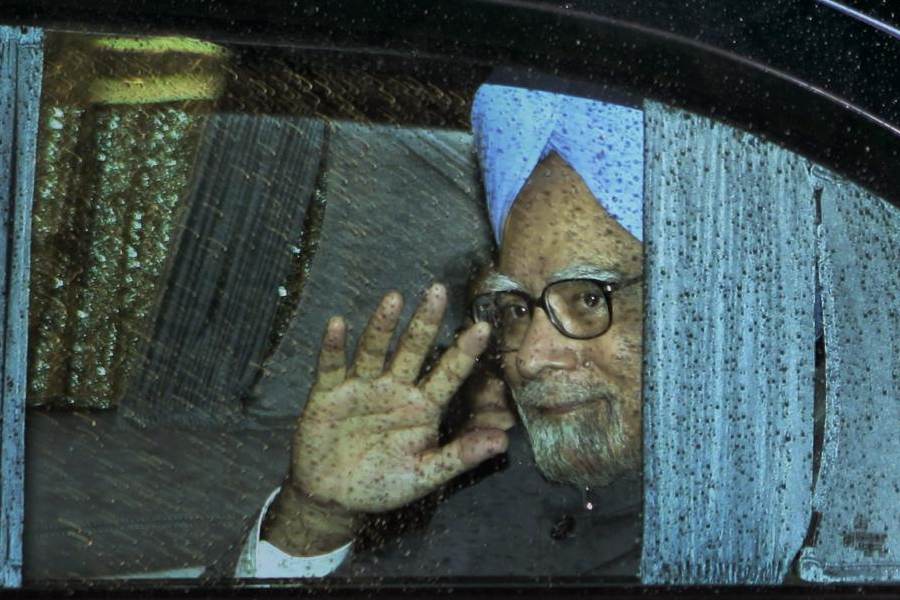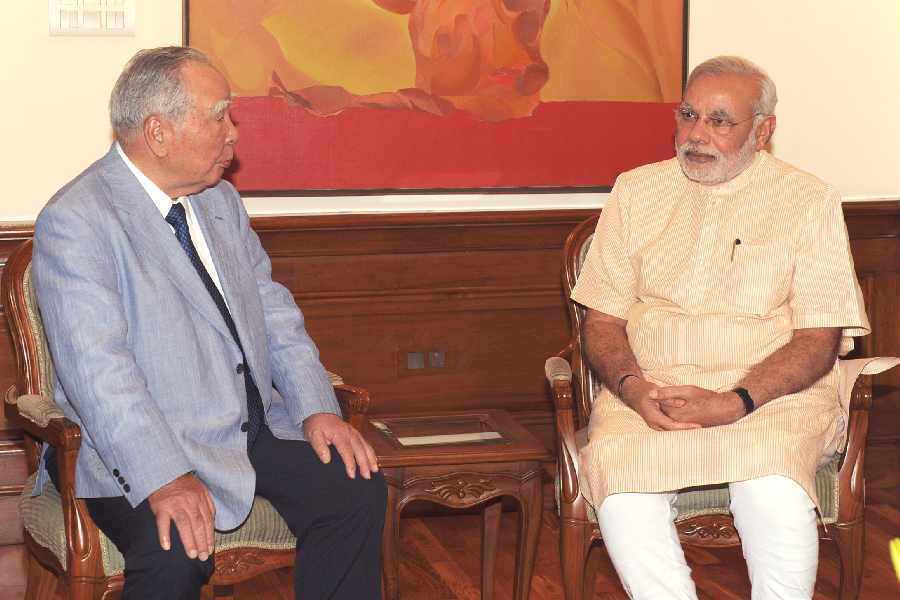Khorkhori. The name of the movable louvered windows of Bengal was inspired by the sound “khad khad” when they were opened. The wooden rod on the inside of the window, attached to all the louvres, could make the louvres move up and down at varying angles, thus giving women a chance to peep onto the world outside while protecting their privacy. A bit like the Bengal tigress in Sundarban: she who is hardly seen, but sees all nevertheless. Or Charulata.
The louvered windows originated in the Mediterranean and were at first made of marble. Over time they were replicated in wood, lighter and cheaper. Wood enabled fixed shutters to become movable; the slats could now be controlled to let air and light in and rain out. Glass was prohibitively costly then.
Conservation architect Partha Ranjan Das credits the “five European powers that settled in Bengal with introducing the wooden louvres as part of our urban architecture”. The hot, humid weather required cross ventilation. Thus colonial architecture boasted of large, huge and airy windows with louvred shutters, fixed or moveable. “The nouveau riche urban Bengalis and other Indians were not to be left behind. Wooden slatted windows became a must in every new construction in Bengal as an element of the hybrid architecture,” says the architect.
Fixed horizontal wooden shutters would act as drop curtains in keeping the rain out of the spacious verandas of both residential and non-residential buildings. Windows of the andar-mahal – the inner house inhabited by women – had movable louvred windows, the charm and romance of which has been captured by many on film, but immortalised by Satyajit Ray’s Charulata.
The vibrant green khorkhoris are vanishing fast from Bengal. Rising cost of good wood, as also the passing away of the skilled carpenters, haven’t helped. Partha Ranjan Das laments the “unavailability of the hardware needed to ensure the movement of the louvres”.
The changing environment hasn’t helped either.
Increasing dust storms led to the introduction of a glass window opening inside. The shuttered window opened on the outside. Shubhrajit Das, professor, department of architecture, Jadavpur University, points out that “the glass window had to open inside to avoid the greenhouse effect” on the building. The addition of the glass window increased household expenses.
The predominant colour of the khorkhoris is a typical shade of green. “Bus-green”, corrects Debayan Laha, who represents the fifth generation of the one-and-a-half century old Calcutta firm, Aukhoy Coomar Laha. His father Subhamoy Laha sheds light on the particular shade. “In those days this green pigment used to be available in hard lumps called beddi rang. This was pounded by a hamam-dasta.” The powder was mixed with oil and adhesive material and used to paint windows. The demand and supply ensured that bus-green was most affordable.
“The East India Company was extremely cost-conscious and settled on this green shade since it was the cheapest,” concurs retired bureaucrat Jawhar Sircar. He adds that the Public Works Department’s regulations mandated the use of a light yellow colour, of the readily available, local ala-maati. The bus-green, a nice contrast to the light yellow of the buildings, also became part of the PWD regulations.
Rationality often renders things redundant without bothering with meaningful replacements. So has been the case with the khorkhori windows, reminiscent of times long gone and yet not so, for we hold them close to our hearts. A window, says Shubhrajit Das, is meant to perform three functions, though not simultaneously: “It lets in light, it gives you the view and it lets the breeze in”. Khorkhoris did all three. Till, among other things, pollution and dust invaded urban life.
Khorkhoris could give the freedom to lounge around inside and yet observe the world go by. They let our nights be cool and fragrant with rain without the water flooding in. They married architecture with fashion: a green khorkhori on a red or light yellow building is colour blocking like nothing else.
The columnist is the founder-CEO of Necessity-SwatiGautam, a customised brand of brassieres. Contact: necessityswatigautam@gmail.com











